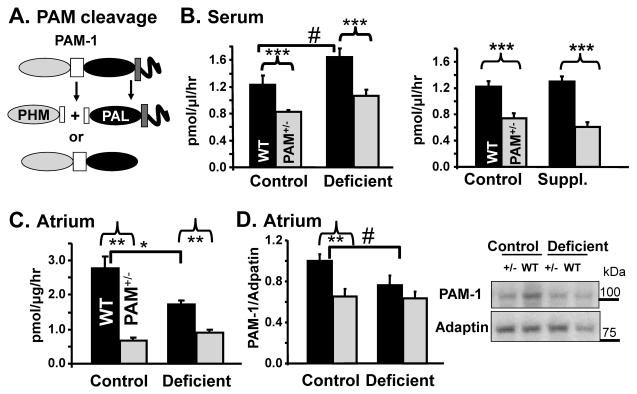FIG. 6. Copper Deficiency Affects PAM Processing.
(A) The major cleavage products of PAM-1 are shown. (B) Serum levels of copper-optimized PAM activity were determined in WT and PAM+/− mice on the indicated diet. For the copper deficiency experiment, 41 WT mice (19 control; 22 deficient) and 52 PAM+/− (24 control; 28 deficient) were used. For the copper supplementation experiment, 19 WT mice (8 control;11 supplemented) and 16 PAM+/− mice (8 per group) were used. An increase in serum activity with copper deficiency was noted in WT mice (independent t-test, p=0.048). Copper supplementation did not alter serum activity. Copper optimized PAM activity was also assessed in atria from PAM+/− (Total N=14; N per group=7) and WT (Total N=11; N=5,6) mice on the control or copper deficient diet (C). Separate samples were subjected to Western blot analysis using antibody to PHM (9 WT and 10 PAM+/−mice on either the control or deficient diets). Data for PAM-1 were quantified and normalized to γ-adaptin (D). Atrial PAM activity was lower in PAM+/− vs. WT mice on both diets (two-way genotype main effect, p<0.0005; independent t-test, p=0.002) and declined with copper deficiency in WT mice (two-way interaction p=0.022; independent t-test p=0.01). Levels of intact PAM-1 protein were lower in PAM+/− mice than in WT mice on the control diet (two-way genotype main effect, p=0.006; independent t-test, p=0.01) and only slightly decreased with copper deficiency in WT mice (independent t-test, p=0.07). Error bars, SEM.

